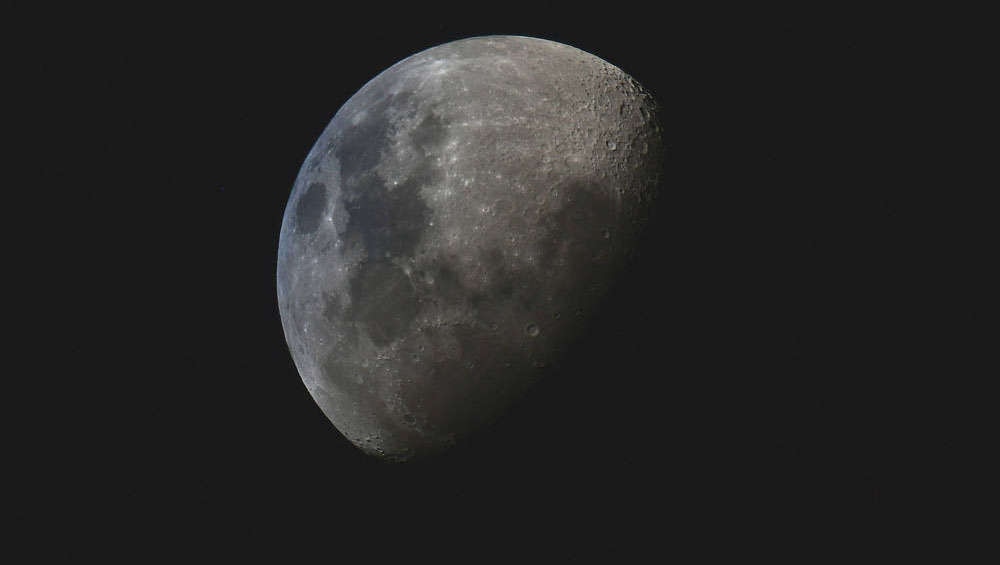Where do we put the Artemis lunar base camp? NASA has an idea...

While astronauts on the first crewed Artemis mission may have to hang out in the command capsule, future missions are going to need a base camp if they intend to stay in a place with no atmosphere for a while.
The Moon is a cruel place. This is why scientists and engineers are now helping NASA figure out exactly where to put the Artemis base camp on the lunar south pole, so astronauts have the basics to stay alive and keep the base going. Enough sunlight is needed to power the base while shadowed craters with water ice should be nearby. Higher elevations are more illuminated, since the Moon’s tilt makes light stick around longer. But then the landing area needs to be flat so debris doesn’t spray everywhere. This all sounds like a contradiction—but the scientists seeking it out are finding it actually might not be.
“Right now, the south pole is being considered very broadly. So there aren’t any more specific areas that can be talked about yet. But the conditions will definitely be unique,” NASA scientist Daniel P. Moriarty, who is part of the team planning the base camp, told SYFY WIRE. “Because of the Moon’s small axial tilt, solar illumination conditions are very consistent near the poles.”
Earth has sunlit summers with longer days and dark winters with longer (and seemingly eternal) nights because its hemispheres tilt towards or away from the Sun over the course of its orbit. Compared to our planet’s 23.5-degree tilt on its axis, the Moon only tilts 1.5 degrees, meaning that no matter the time of year, daylight stays consistent on the poles. An astronaut standing atop a hill on the Moon’s south pole would be seeing about the same amount of sunlight anytime before nightfall. Our star shines from the same height throughout the lunar day, not rising or falling but only appearing to float across the horizon.
There are still some parts of the south pole that (quite literally) get more lit than others. For the base to catch more rays for the maximum stretch of time, it would have to be built at a higher elevation, such as the rim of a crater. Any sunlight that sees the lunar south pole hits it at a low angle, which explains is why there is so much light around crater rims, but the bottoms of those craters stay in the shadows.
“Because the Moon does not have an atmosphere, there is very little redistribution of heat. So illuminated areas get hot (Earth-like temperatures or a little higher), while shadowed areas can get extremely cold extremely quickly,” Moriarty said. “These funky illumination conditions offer both advantages and challenges in terms of the ability to harvest solar energy and mitigate big temperature swings.”
The depths of many lunar craters that never see the light are full of water ice that astronauts will need to rely on for drinking and, when split by electrolysis, could provide oxygen for breathing and hydrogen for rocket fuel. Anything that can be found on-site and minimize the weight and cost of a payload helps. In the future, that water could be invaluable for fueling rockets that use the Moon as a way station to Mars. The only downside of these craters is that they are positively freezing once you get out of the Sun’s reach. Astronauts would probably have to send robots to collect that water ice, since temperatures on craters at the south pole can plummet as low as -396 degrees Fahrenheit.
Now about the landing zone. The Artemis lander needs to touch down in a flat area to keep from tipping over, and it needs to be at least half a mile away from the base to avoid showering habitats and equipment with lunar regolith. Moon dust alone can easily damage hypersensitive instruments, since there are virtually no geological processes to weather the sharp edges of rock and glass particles that can also be lethal to breathe in. An ideal place to land would be flat and surrounded by landforms such as hills so they would block any debris that is kicked up.
What is especially interesting about having a base camp on the lunar south pole is that while it must be on the Earth-facing side of the tidally locked Moon, it will also be right on the edge of the mysterious dark side. The dark side of the moon is much more than a Pink Floyd album. Samples collected from the far side of the base camp could reveal why that side has a thicker crust and was impacted by so many more craters. Maybe it has something to do with differences in heating between the side that basks in light and the side that mostly lurks in darkness, but only actual evidence will tell.
“The differences between the far side and near side are definitely one of the Moon’s most elusive mysteries,” Moriarty said. “Because the south pole is located neatly on the transition between the near side and the far side, it is an excellent place to go to get some of these important samples and better understand these differences.”




























